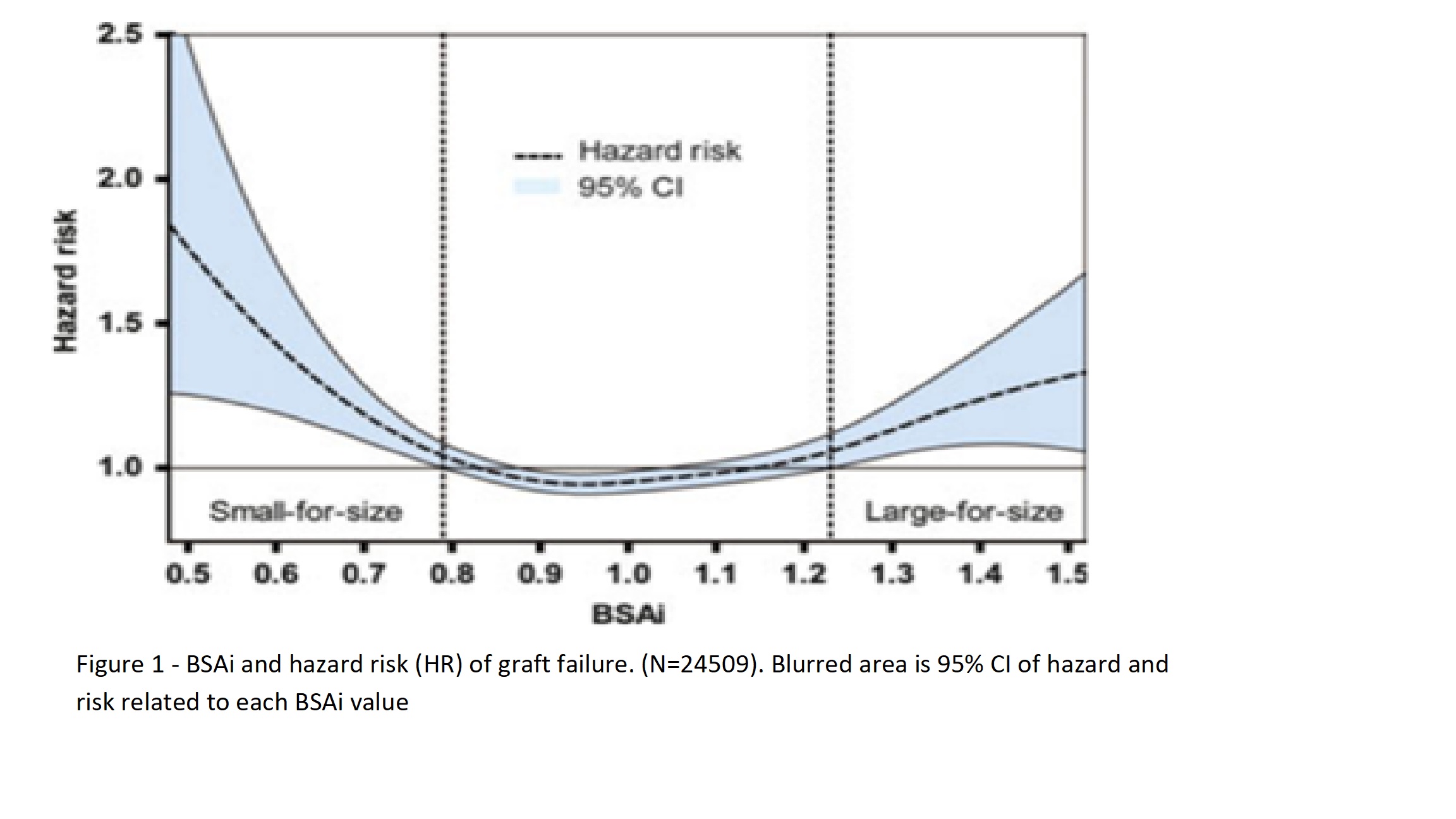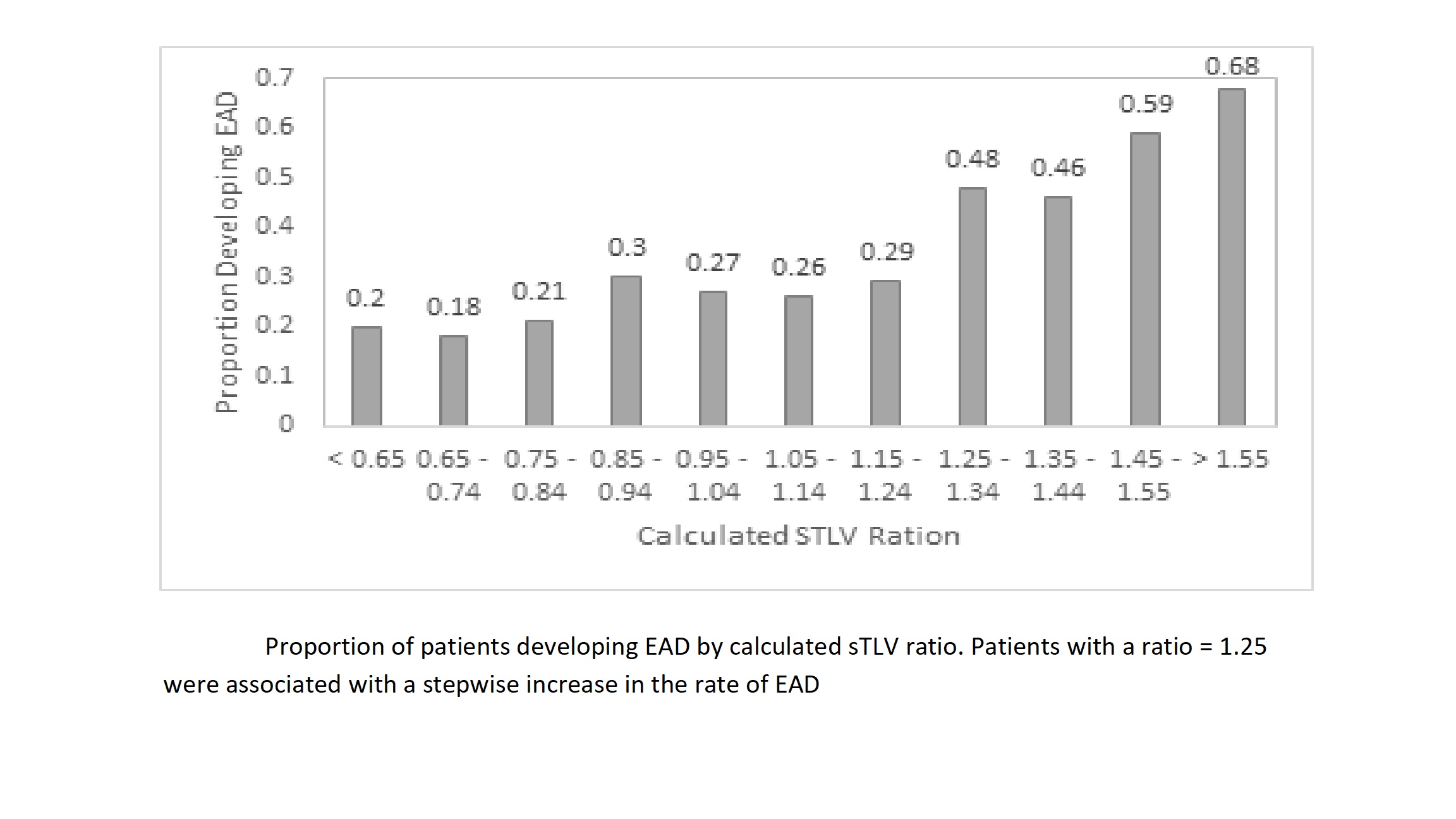Assessment of Optimal Liver Graft Size in OLT
Susmit Roy1, Henry Pleass2, Jerome Laurence3.
1General Surgery, The St George Hospital, Kogarah, Sydney, Australia; 2Transplant Surgery, Westmead Hospital, Sydney, Australia; 3Upper Gastro-intestinal Surgery, Royal Prince Alfred Hospital, Sydney, Australia
Using USA database, two main indices BSAi and STLV are used to estimate the optimal graft size in OLT. This paper aims to assess the optimal graft size based on the height and weight of donor and recipient with a focus on Large for Size grafts.
Ideal size of graft in OLT (Orthoptic Liver Transplant) has been a big topic of discussion – with no official guidelines existing till date. Anecdotally, +/- 10% of recipient graft size was considered safe.Using USA database for OLT (n= 24509), two indices are mostly used to determine the safe size range for graft – BSAi (Body Surface Area Index) and calculated sTLV (Standardized Total Liver Volume) ratio. BSA is a better indicator of metabolic mass than body weight alone because it is less affected by abnormal adipose mass - making it a more reliable estimate of liver volume.
However, both these formulas require extensive calculations making them quite difficult for use in urgent scenarios like OLT where things cannot be pre-planned.
BSAi suggests the safe zone for graft size to be between 0.78 - 1.24 of the recipient liver size. These cut-off values were determined based on statistically significant survival rates in the recipients.

Using sTLV ratio, the upper limit was 1.25.
In this paper, we have tried to focus on mismatched graft sizes in OLT - specially Large for Size grafts. While attempting to make the calculations simpler, we have used only the height and weight of the donor and recipient to prepare a safe range. The upper and lower limits of the safe range are the same as suggested by the two indices.For a variation in height ratio, the bandwidth of the weight ratio is relatively constant.However, for a variation in weight ratio, the bandwidth is significantly high, especially for the lower weight recipients. If the recipient is taller (Hr/Hd = 1.2) or heavier (Wr/Wd = 1.2) compared to the donor, the chances for a good match is much higher.
[Hr – Height of recipient ; Hd – Height of Donor; Wr – Weight of recipient; Wd – Weight of Donor; EAD – Early Allograft Dysfunction]
